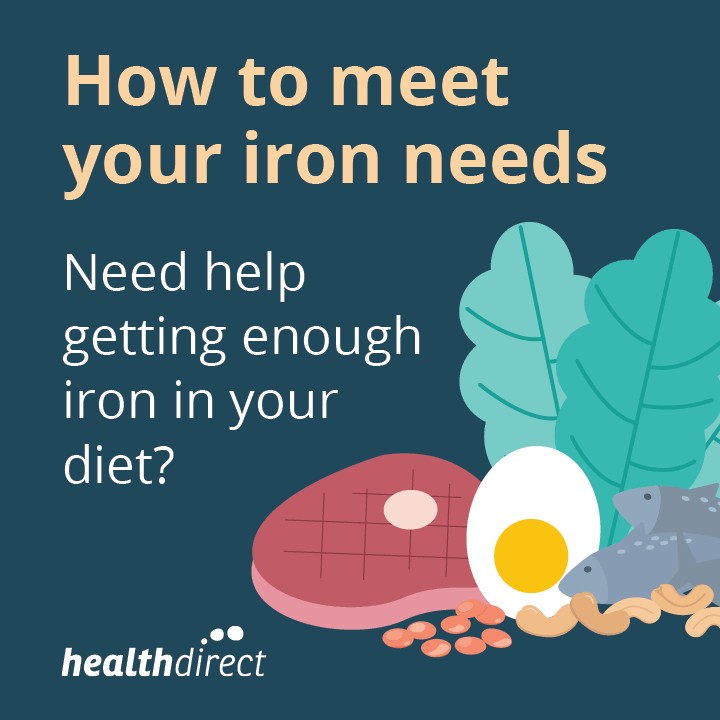Iron is a vital nutrient that our bodies require for numerous functions, most notably for preventing anemia. It plays a crucial role in the production of hemoglobin, a molecule present in red blood cells responsible for transporting oxygen throughout the body. Since our bodies cannot produce iron, we must obtain it through our diet. This article explores the different types of food that contain iron, helping you ensure you meet your daily requirements.
Understanding Iron in Food: Haem vs. Non-Haem
Iron in food comes in two primary forms: haem iron and non-haem iron.
- Haem iron: This type of iron is derived from animal sources and is easily absorbed by the body.
- Non-haem iron: Found in plant-based foods, this type is less readily absorbed compared to haem iron.
Haem Iron Sources: Animal-Based Foods Rich in Iron
Haem iron is predominantly found in animal products. Incorporating these into your diet can significantly boost your iron intake.
- Meat: Beef, lamb, pork, and even less common meats like kangaroo are excellent sources of haem iron.
- Poultry: Chicken, turkey, and especially the dark meat, contain a good amount of iron.
- Seafood: Salmon, sardines, and tuna are not only rich in omega-3 fatty acids but also provide a valuable source of haem iron.
- Organ Meats: Liver, kidney, and pate are exceptionally high in iron, although they should be consumed in moderation due to their high cholesterol content.
Non-Haem Iron Sources: Plant-Based Options
For vegetarians, vegans, or those simply looking to incorporate more plant-based foods, non-haem iron sources are essential. Remember that the body absorbs non-haem iron less efficiently, so consuming a higher quantity is often necessary.
- Iron-Fortified Foods: Many breads and breakfast cereals are fortified with iron to help increase iron intake. Always check the nutrition label.
- Nuts and Seeds: Pumpkin seeds, cashews, and almonds are good sources of iron. Enjoy them as snacks or add them to your meals.
- Dried Fruit: Apricots, raisins, and prunes contain iron, but also sugar, so consume them in moderation.
- Wholemeal Pasta and Bread: Opt for wholemeal varieties over refined grains for a higher iron content.
- Legumes: Mixed beans, baked beans, lentils, chickpeas, and soybeans are excellent sources of non-haem iron and plant-based protein.
- Dark Leafy Green Vegetables: Spinach, silver beet, and broccoli are nutritious options, but their iron absorption can be enhanced when paired with vitamin C-rich foods.
- Tofu: This soy-based protein is a versatile source of iron, suitable for various dishes.
 Close-up of a bowl of lentil soup with a spoon, highlighting the iron-rich legumes
Close-up of a bowl of lentil soup with a spoon, highlighting the iron-rich legumes
Daily Iron Requirements: How Much Do You Need?
The recommended daily intake (RDI) of iron varies based on age and sex.
- Children: Iron needs vary by age, with infants (7-12 months) requiring around 11mg/day and decreasing slightly as they grow.
- Teenagers: Males aged 14-18 need approximately 11mg/day, while females require 15mg/day to compensate for menstruation.
- Adults: Adult males (19-50 years) need about 8mg/day, while adult females in the same age range need 18mg/day. After 50, the recommended intake for both sexes drops to 8mg/day.
- Pregnant Women: Pregnant women require significantly more iron, approximately 27mg/day, to support the developing fetus.
- Breastfeeding Women: Iron needs remain elevated during breastfeeding, with 10mg/day recommended for those aged 14-18 and 9mg/day for those 19 and over.
Maximizing Iron Absorption: Tips and Tricks
Enhancing iron absorption is key to preventing iron deficiency.
- Vitamin C: Consuming vitamin C-rich foods like citrus fruits, tomatoes, berries, kiwi fruit, melons, green leafy vegetables, and capsicum alongside iron-rich foods can significantly improve non-haem iron absorption.
- Avoid Inhibitors: Certain substances can hinder iron absorption. These include coffee, tea, red wine, calcium-rich foods like milk and cheese, calcium supplements, and some soybean-based products. It’s best to consume these between meals.
Potential Risks of Insufficient Iron Intake
Inadequate iron intake can lead to iron deficiency, which may manifest as:
- Fatigue
- Headaches
- Difficulty concentrating
Prolonged iron deficiency can result in anemia, a condition characterized by a reduced number of red blood cells.
The Dangers of Excessive Iron: A Word of Caution
While iron deficiency is a concern, too much iron can also be harmful. Always consult with your doctor before taking iron supplements. Some individuals have a genetic condition called haemochromatosis, which causes the body to absorb and store excessive amounts of iron.
Seeking Professional Advice
If you have concerns about your iron levels or suspect you may be iron deficient or have hemochromatosis, consult your doctor for appropriate testing and guidance.
By understanding the types of food that contain iron and how to maximize its absorption, you can make informed dietary choices to maintain healthy iron levels and support overall well-being.